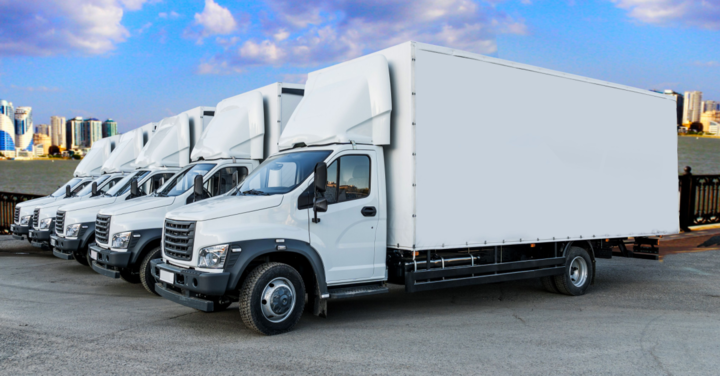Introduction
In today’s fast-paced logistics industry, businesses need reliable transportation to move goods efficiently. Dry Cargo-Delivery Box Trucks are designed to provide secure, weather-protected storage while simplifying deliveries. Whether you run a small delivery service or a large distribution network, understanding the benefits, types, and operational tips for these trucks can save time, money, and stress.

Why Choose Dry Cargo-Delivery Box Trucks
1. Protection of Goods
Dry cargo box trucks are fully enclosed, ensuring that items are protected from:
- Rain, snow, and harsh sunlight
- Dust and road debris
- Theft or accidental damage
This makes them ideal for electronics, packaged foods, furniture, and other sensitive goods.
Read too: Franklin Truck Parts Near Me: Your Complete Guide to Local Truck Parts & Repair Solutions
2. Variety of Sizes and Capacities
Depending on your business needs, dry cargo box trucks come in various sizes:
| Truck Size | Payload Capacity | Typical Use Case |
|---|---|---|
| Small (10–14 ft) | 2,000–3,500 lbs | Local deliveries, urban routes |
| Medium (16–20 ft) | 4,000–7,500 lbs | Regional distribution |
| Large (22–26 ft) | 8,000–12,000 lbs | Bulk shipments, cross-city transport |
Selecting the right size ensures optimal fuel efficiency and load management.
3. Fuel Efficiency and Performance
Modern dry cargo box trucks often feature:
- Fuel-efficient diesel or hybrid engines
- Smooth automatic transmissions for urban routes
- Advanced suspension systems to protect cargo
These features make deliveries faster, safer, and more cost-effective.
4. Ease of Loading and Unloading
Most dry cargo box trucks are equipped with:
- Rear roll-up doors or swing doors
- Optional lift gates for heavy cargo
- Adjustable shelving or tie-downs for organization
This improves workflow and reduces the risk of damage or workplace injury.
5. Customization Options
Businesses can tailor box trucks to meet specific needs:
- Refrigeration units for perishable items
- Shelving and partition systems
- Branding with vinyl wraps for marketing visibility
Customization allows companies to maximize utility and brand recognition simultaneously.
FAQ – Dry Cargo-Delivery Box Trucks
1. What is the difference between a dry cargo truck and a refrigerated truck?
Dry cargo trucks are non-refrigerated, suitable for goods that do not require temperature control. Refrigerated trucks maintain specific temperatures for perishable items.
2. How do I choose the right size?
Evaluate your average payload, delivery routes, and storage needs. Small trucks suit urban deliveries, while large trucks handle bulk shipments.
3. Can dry cargo trucks be used for last-mile deliveries?
Yes, especially smaller and medium-sized box trucks designed for city streets and easy maneuvering.
4. Are there financing options for purchasing these trucks?
Most dealerships offer leasing, financing, and fleet packages. It’s recommended to compare interest rates and total costs before purchasing.
5. How do I maintain a dry cargo box truck?
- Regular oil and brake checks
- Tire inspections and rotations
- Body and door inspections to prevent leaks
- Ensure lift gates and shelving are secure
Tips for Efficient Use
- Plan delivery routes to minimize fuel consumption
- Use load planning software for optimal space utilization
- Regularly inspect tires and brakes to avoid downtime
- Consider GPS tracking for fleet management
Advantages vs. Disadvantages
| Advantage | Disadvantage |
|---|---|
| Protects cargo from weather & theft | Higher upfront cost than open trucks |
| Versatile for various goods | Slightly less fuel-efficient than small vans |
| Customizable for business branding | Requires regular maintenance |
| Easy to load and organize | Limited off-road capability |
Conclusion
Dry Cargo-Delivery Box Trucks are essential for businesses that value security, efficiency, and reliability in their delivery operations. With a range of sizes, customization options, and user-friendly features, they can optimize workflows, reduce damage, and enhance customer satisfaction.
👉 Share this guide with colleagues or fellow business owners looking to upgrade their delivery fleet!
Leave a Reply